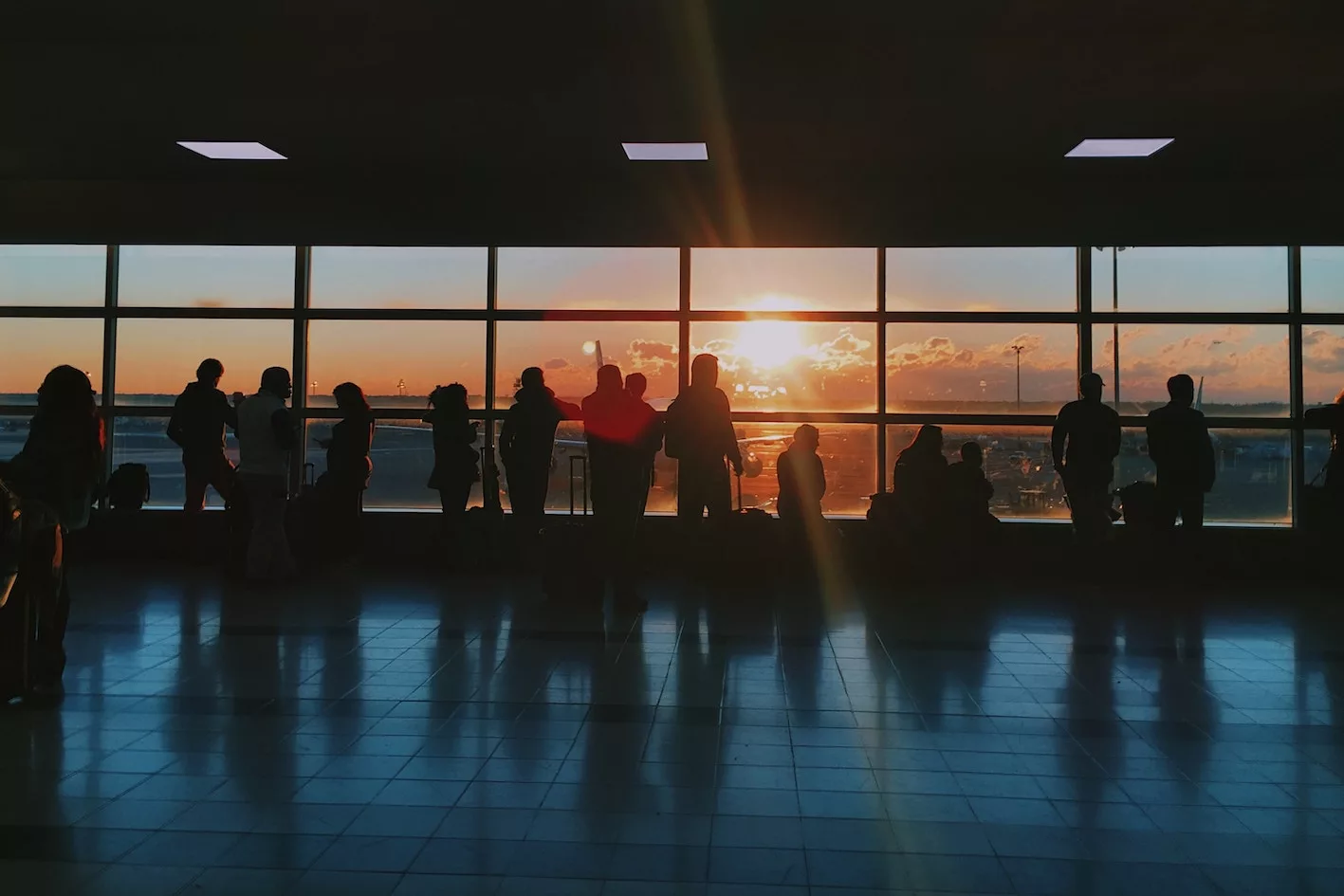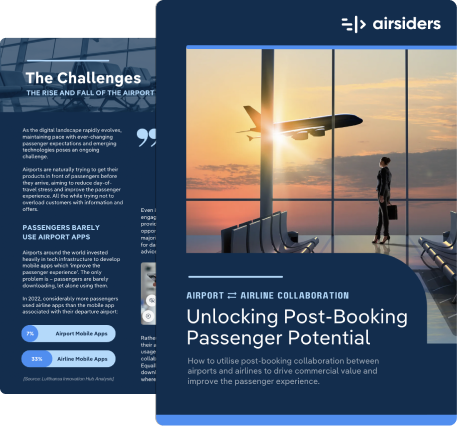How airports can change the game for self-connecting passengers
We’re entering the era of self-connecting travel. According to data we’ve observed, self-connecting flights have grown fourfold within the past year. These self-connecting passengers, or ‘travel hackers,’ book two or more connecting flights independently from each other with airlines that don’t have interlining agreements in place. They’re willing to take the risks and downsides that come with it in exchange for more flexibility and more choice around flight times, prices and destinations. Above all, they are looking to save money and time.
So, what can airports do to get on board and reap the full benefits of this latest travel trend? Let’s first take a look at the obstacles for self-connecting passengers, then discover how airports play a role in creating a seamless self-connected travel experience.
Challenges for self-connecting passengers
For many travellers, the very idea of the self-connection process is anxiety-inducing. Air travel can be stressful enough without the addition of making your own connections, which brings plenty of challenges.
A lack of information is central to the anxiety around self-connecting flights. Without a clear idea of minimum time needed between flight transfers, door-to-gate distances, risk factors in terms of delays etc., passengers are left with the feeling that they are taking a major gamble - or worse, they may decide to stay away from booking altogether.
Another major pain point is the need to re-check and reclaim baggage with every connection. Endless luggage queues are enough to put many would-be self-connecting travellers off. The time lost when re-checking and reclaiming luggage is vital, as is the time lost from flight delays. For a self-connecting passenger, every minute counts – the longer the delay, the more likely they are to miss a connecting flight. And if passengers miss flights, they run the risk of being stranded and having to scramble to re-book tickets themselves, likely without a refund.
Even if travellers do like the idea of making their own connecting flights, it’s often hard to know where to start and the whole process can seem daunting. Questions over where to go upon arrival at the airport, when and where to check-in and what to do if a delay causes them to miss a connection all create a feeling of uncertainty.
All these factors combine to create confusion, worry and wasted time for travellers when they should be free to spend their time dining, shopping or simply relaxing in between flights.
How Airports can provide more transparency for self-connecting passengers
As an essential part of any connected journey, airports play a key role when it comes to the self-connecting passenger’s journey. Airports have the opportunity to shape the self-connection process and alleviate pain points, while building strong customer relationships, increasing revenue and providing a truly connected travel experience.
This is where Airsiders comes in.
As the travel industry’s first genuine door-to-gate and virtual interlining solution, we bring the products and processes to bridge the gaps across all stages of the passenger journey.
Airsiders’ Door-to-Gate – a standardised airport map & itinerary builder
Airsiders’ Door-to-Gate aggregates specialised data feeds from airports all over the world to improve the self-connecting passenger journey and build a trusting relationship between the airport and the traveller.
It all starts with journey times. Using our extensive airport map database, we accurately predict the time it would take for a passenger to go from door to gate at any transfer airport in the world. Our maps are standardised and integrated with flight schedules, passenger itineraries and operational data. We also use specialised global data to calculate risk scores for transfer flights, bringing added peace of mind and encouraging passengers to book connecting flights.
All this enables airports to increase passenger flow by predicting and visualising passenger journeys, offer personalised guidance for travellers, manage data and analytics in real-time, and integrate custom data. The bottom line? An increase in revenue, cost reduction and a seamless, personalised travel experience for self-connecting passengers.
Best of all - our solution can be implemented in the way that works best for your airport. Either as a standard API that easily integrates into your passenger-facing platform Volario Go or as a white-label tool, enabling you to use it in-house with your own branding.
Virtual interlining – a seamless self-connecting solution
Yes, travel hacking comes with plenty of baggage, but, having collaborated with BEUMER Group, a global leader in baggage handling systems, we’ve got the fundamentals of luggage checks in the bag. Our software and automated processes make luggage through-checks a breeze, even when an interline or alliance agreement doesn't exist between flight handlers. We also take the edge off flight disruptions, with a connection guarantee that makes sure passengers are rebooked in the event they miss a flight.
All in all, an improved self-connecting traveller experience means more airport passenger traffic and happier customers which, ultimately, translate in increased revenue and customer loyalty.
Airsiders is already helping airports, airlines and travel tech companies provide a standardised travel experience. To discover how we can help your team today, book a demo now.
Back to all articles
